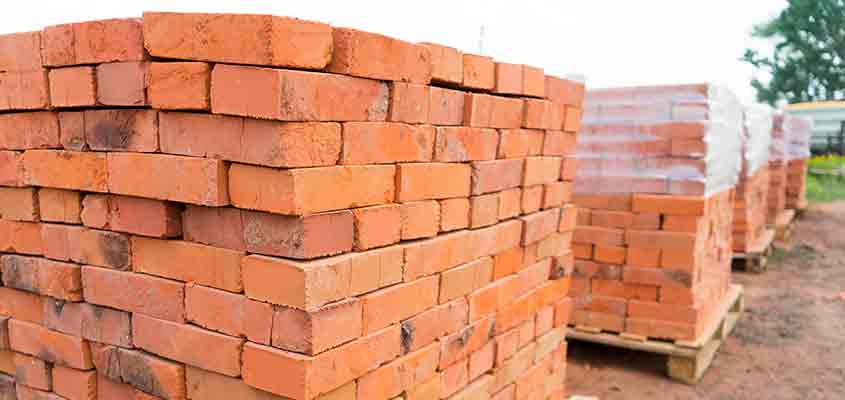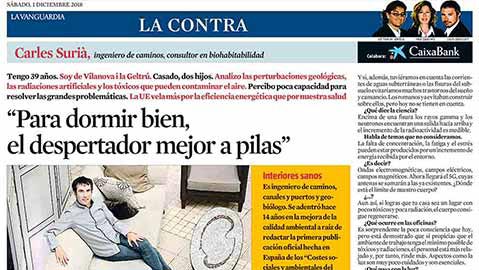BIO-CONSTRUCTION
In the midst of the climate crisis and with all our senses focused on ecology and sustainability, a new way of building is emerging. In fact, it is not exactly new: the most primitive buildings were built with the most natural materials and taking advantage of the terrain.
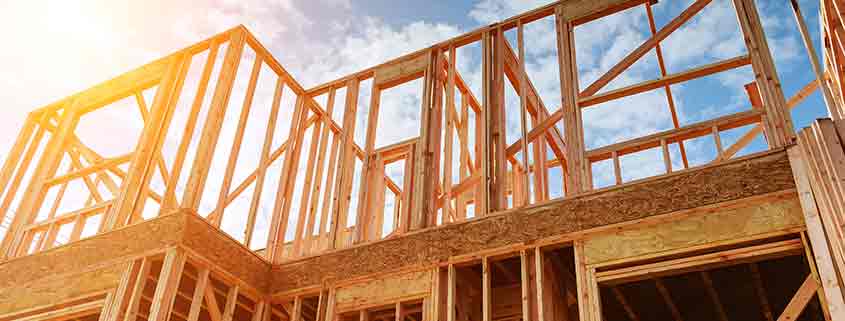
It has been civilization and development that has meant that many buildings in which we live or work have used synthetic substances such as asbestos and plastics, which have led to an increase in allergies, disorders, ailments and even serious illnesses. Bio-construction is now of major importance, but what is it and what are its benefits?
The biology (study of living beings) of construction (bio-construction) studies the relationship between mankind and its built environment and nature. It is a construction method that is beneficial for us and the environment, integrating ethics, harmony, wellbeing and sustainability under the same umbrella to achieve coherently humane buildings.
BENEFITS
To begin with, what are the benefits?
- Healthy indoor environment: free of toxic substances.
- Reduced energy and water consumption.
- Respect for the environment: renewable building materials.
- Reduced electrical and electromagnetic environmental load.
- Benefits for society: unique craftsmanship.
BASIC PRINCIPLES
Let’s think again about old houses: stone foundations, wood for the structure and clay for the roofs. All natural elements, covering their protection needs and integrated into the environment. The question is, how do we manage to follow these guidelines in the 21st century to build warm and cosy homes?
Geobiological study
To begin with, uncontaminated land is chosen for the location of the buildings. With regard to artificial emissions, it is advisable to avoid the presence of sources of electromagnetic pollution such as high-voltage power lines, chemical pollution from nearby factories or noise pollution from roads. It is also advisable to stay away from natural disturbances, such as sources of radon gas, fissured soils or groundwater flows. At the same time, efforts are made to avoid risks to local ecosystems or habitats.
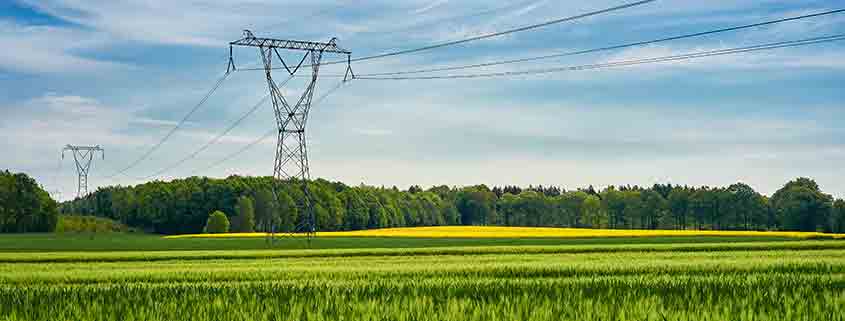
Bioclimatic design
Based on the climatological and geographical characteristics, a house is designed to take advantage of the available resources of the site (sunlight, wind, rain…) in order to reduce energy consumption and environmental impact. With this intention, we always look back, analyse the local culture and learn from its typical constructions: gable roofs in rainy areas, thick walls in areas with extreme climates, the lime on the façades in areas with a Mediterranean climate.
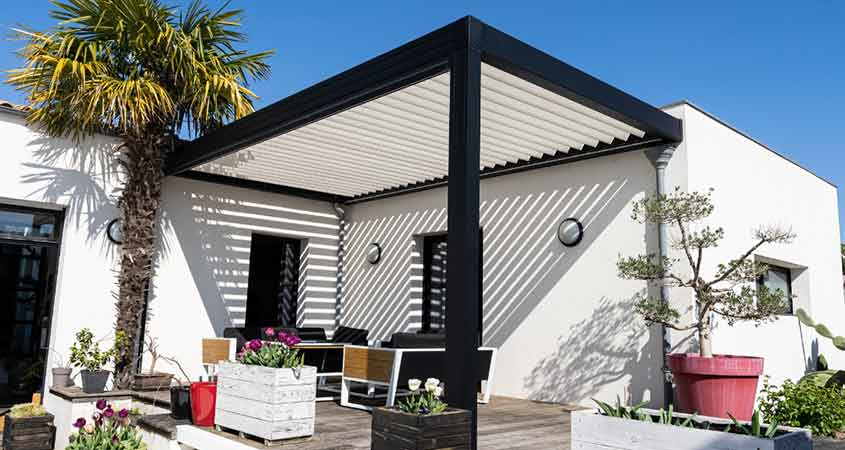
Air conditioning
Combination of thermal insulation with materials that accumulate heat, such as ceramics. Incorporation of heating systems that do not raise dust and work by radiation, such as the Russian stove and/or large surfaces such as walls or radiant floors.
Indoor environment
Promotion of natural moisture regulation in the dwelling through the use of hygroscopic materials such as lime mortar. These materials should be natural, odorless, free of toxic substances and emit low radioactivity. Incorporation of cross ventilation in the design of the house with the intention of achieving natural air renewal. The materials used should offer, in combination, optimum protection against airborne sound and vibrations.

Individual interior design
Each house is unique and is designed to meet the needs of its inhabitants through the use of harmonious proportions and shapes. The home at the service of people, not as a stylistic show-off. You can incorporate Feng Shui as a tool that unifies the psychological, energetic, physiological and comfort characteristics that define spaces to suit the specific needs of each person.
Biocompatible electrical installation
Minimization of environmental losses of electrical voltage or alternating electric fields, together with the non-use of toxic compounds in the wiring such as PVC. Features include star-shaped wiring layout, use of braided shielded cables and a solid grounding system.
Environmentally friendly
In addition to reducing air conditioning, lighting and water needs through bioclimatic architecture, renewable energy sources are used. The construction materials are mostly natural materials from the area.
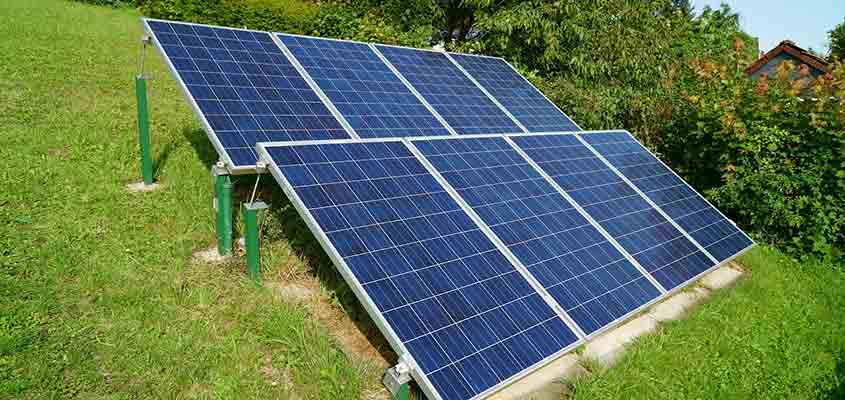
NATURAL MATERIALS
Renewable natural materials are chosen, giving priority to those that are most abundant in the place where they are to be built. They are selected according to holistic criteria (from production to disposal or recycling). The design is then based on the materials available:
- Wood and its derivatives. Locally sourced and from sustainable forests. Wood can be used for the structure and wood fibre for thermal and acoustic insulation.
- Unfired clay and ceramic bricks. Also of local origin for the construction of walling, plastering of walls, adobe bricks, etc.
- Limestone and porous concrete parts. Especially for heat accumulation.
- Natural insulation such as cork, cellulose, hemp, flax, coconut fiber, straw or cotton.
- Paints of mineral origin that do not release toxic volatile substances.
- Straw bales as envelope blocks. Normally need to be protected from rain by eaves and lime and/or clay plaster.
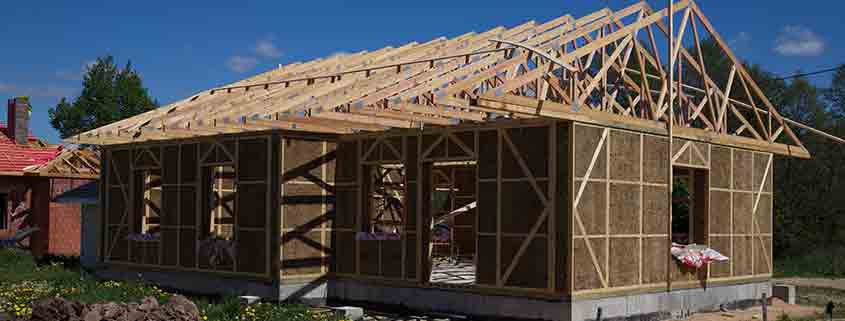
In general, materials that come from scarce or environmentally problematic raw materials, such as petroleum, are discarded. In this regard, it should be noted that its use is only permitted when strictly necessary. An example of this is the conduction of electricity or water. In this case, it is required that the product does not generate in any case toxic fumes, even in case of fire, as for example polyethylene. In case of different possibilities, the one with the least environmental impact is chosen.
This way of building and these materials can result in contemporary homes of innovative design, whose primary objective is to have a positive influence on our health and well-being, without harming the environment. In terms of price, the question is to build a healthier house with the same budget, although it may be more economical.
